Sugar Y15
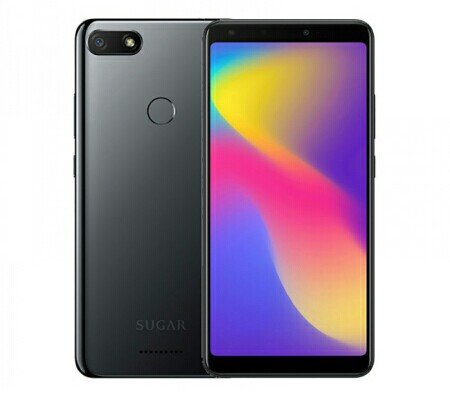
Sugar Y15 Highlights and Overview
Sugar Y15 is the first smartphone from Tinno’s owned Sugar Mobile. The device comes in a 5.99-inches HD display, with 720 x 1280 pixels resolutions. Sugar is yet to adopt notch cut-out on it smartphone displays, as such, you getting a standard display, with 18:9 aspects ratio.
Specifications wise, the Y15 is powered by the Qualcomm Snapdragon 430 processor, an octa-core CPU clocked at 1.4GHz, along with Adreno 505 GPU, 3/4GB RAM and 32/64GB internal storage. Users can also expand the internal storage upto 128GB via SD card.
On the camera department, you are getting a single 13-megapixel main camera at the back, featuring PDAF, F/2.0 aperture and a dual LED flash, while a single 5-megapixel front-facing camera, handles selfie duties upfront.
The device provides support for dual 4G LTE SIM cards and a rear placed fingerprint scanner. Most interestingly, you are getting a large 4000mAh battery and Android 8.1 (Oreo) out of the box. Other specifications and features of the Sugar Y15 are detailed in the table below.
Sugar Y15 Full Specifications and Features
NETWORK
| Technology | GSM / HSPA / LTE |
| 2G Network Bands | GSM 850 / 900 / 1800 / 1900 - SIM 1 & SIM 2 |
| 3G Network Bands | HSDPA 850 / 1900 |
| 4G Network Bands | LTE band 1(2100), 3(1800), 5(850), 8(900), 40(2300), 41(2500) |
| Speed | HSPA 42.2/11.5 Mbps, LTE Cat4 150/50 Mbps |
LAUNCH
| Also Known As |
- - |
BODY
| Dimensions | 158.6 x 75.7 x 7.93 mm (6.02 x 2.87 x 0.33 in) |
| Weight | 160 g (5.02 oz) |
| Build | Brushed metal |
| SIM Type | Dual SIM (Nano-SIM, dual stand-by) |
DISPLAY
| Display Type | IPS LCD capacitive touchscreen, 16M colors |
| Size | 5.99-inches, 83.8 cm2 (~72.2% screen-to-body ratio) |
| Resolution | 720 x 1280 pixels, 16:9 ratio (~242 ppi density) |
PLATFORM
| Operating System | Android 8.1 (Oreo) |
| Chipset | Qualcomm MSM8937 Snapdragon 430 (28 nm) |
| CPU | Octa-core (4x1.4 GHz Cortex-A53 and 4x1.5 GHz Cortex-A53) CPUs |
| GPU | Adreno 505 |
MEMORY
| RAM + ROM | 3/4 GB |
| Card Slot | Yes, up to 128 GB via microSD card |
MAIN CAMERA
| Camera Type | Single Lens |
| Camera Sensor(s) | 13-megapixel main camera |
| Camera Features |
Autofocus Continuous shooting Digital zoom Geotagging Panorama HDR Touch focus Face detection White balance settings Flash type - single LED 5-element lens |
| Video Resolution | 1080p@30fps |
SELFIE CAMERA
| Camera Type | Single Lens |
| Camera Sensor(s) | 5-megapixel |
| Video Resolution | 1080p@30fps |
SOUND
| Loudspeaker | Yes |
| Speaker Location | Chin, below display |
| Audio Jack Type | Yes, 3.5mm audio jack |
CONNECTIVITY
| Bluetooth | Bluetooth 4.2, A2DP |
| NFC | |
| GPS | Yes |
| FM Radio | Yes |
BATTERY
| Battery Capacity | Non-removable Li-Ion 4000 mAh battery |
| Wireless Charging | No |
| Talk Time Talk Time is the longest time that a single battery charge will last when you are constantly talking on the phone under perfect conditions, Ambient temperature and highly dependent on the cellular network environment such as the distance to the closest cell network tower. | Up to 24 hours |
| Stand-by | Up to 380 hours |
OTHER FEATURES
| Sensors | Fingerprint (side-mounted), accelerometer, proximity, compass |
| Box Contents | Charging Brick / USB cable |
Sugar Y15 User Reviews and Opinions
Disclaimer Note
This specification was entered manually, hence we CANNOT guarantee 100% accuracy. Any error? Let us know in the comment section.







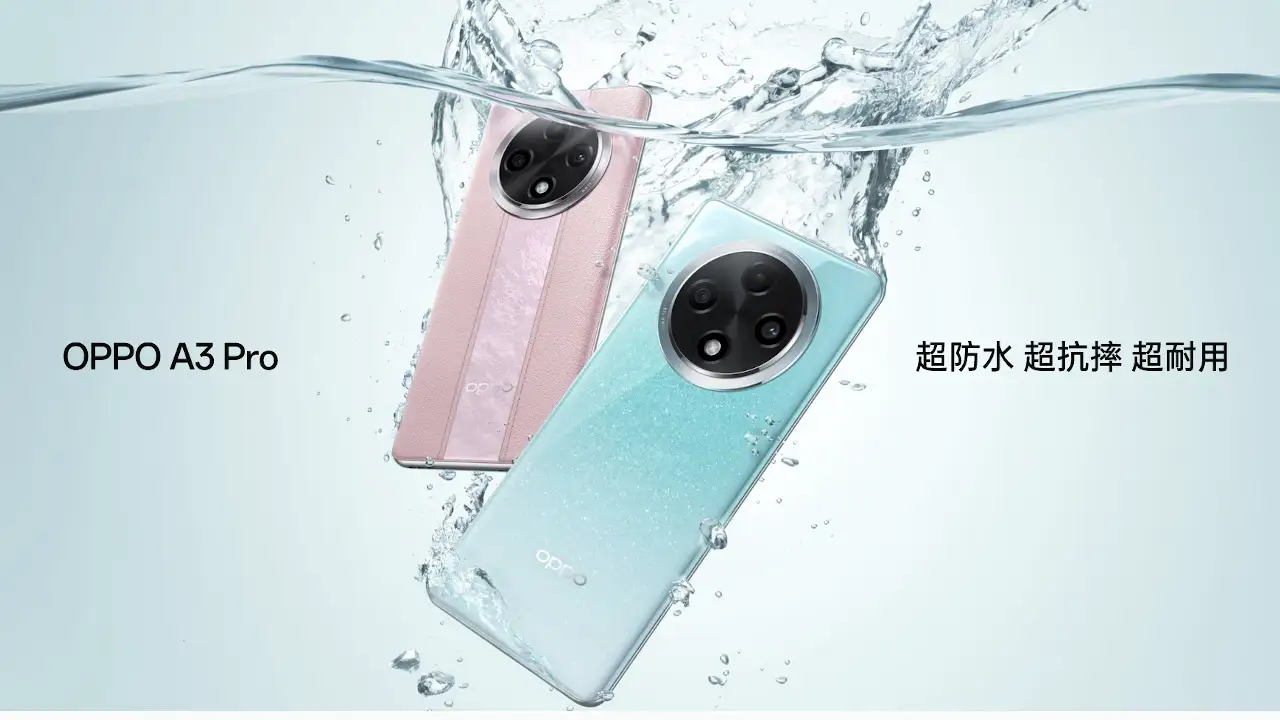

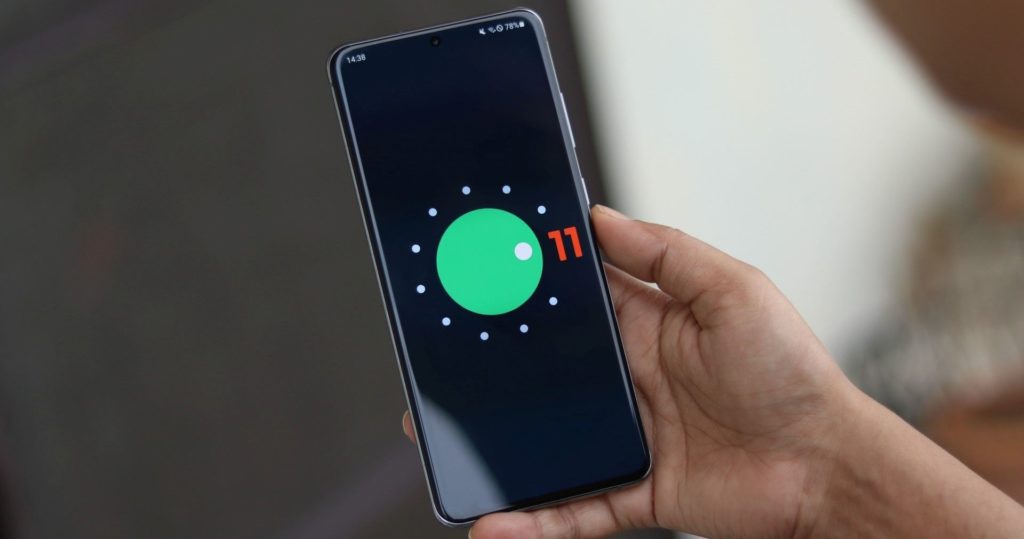
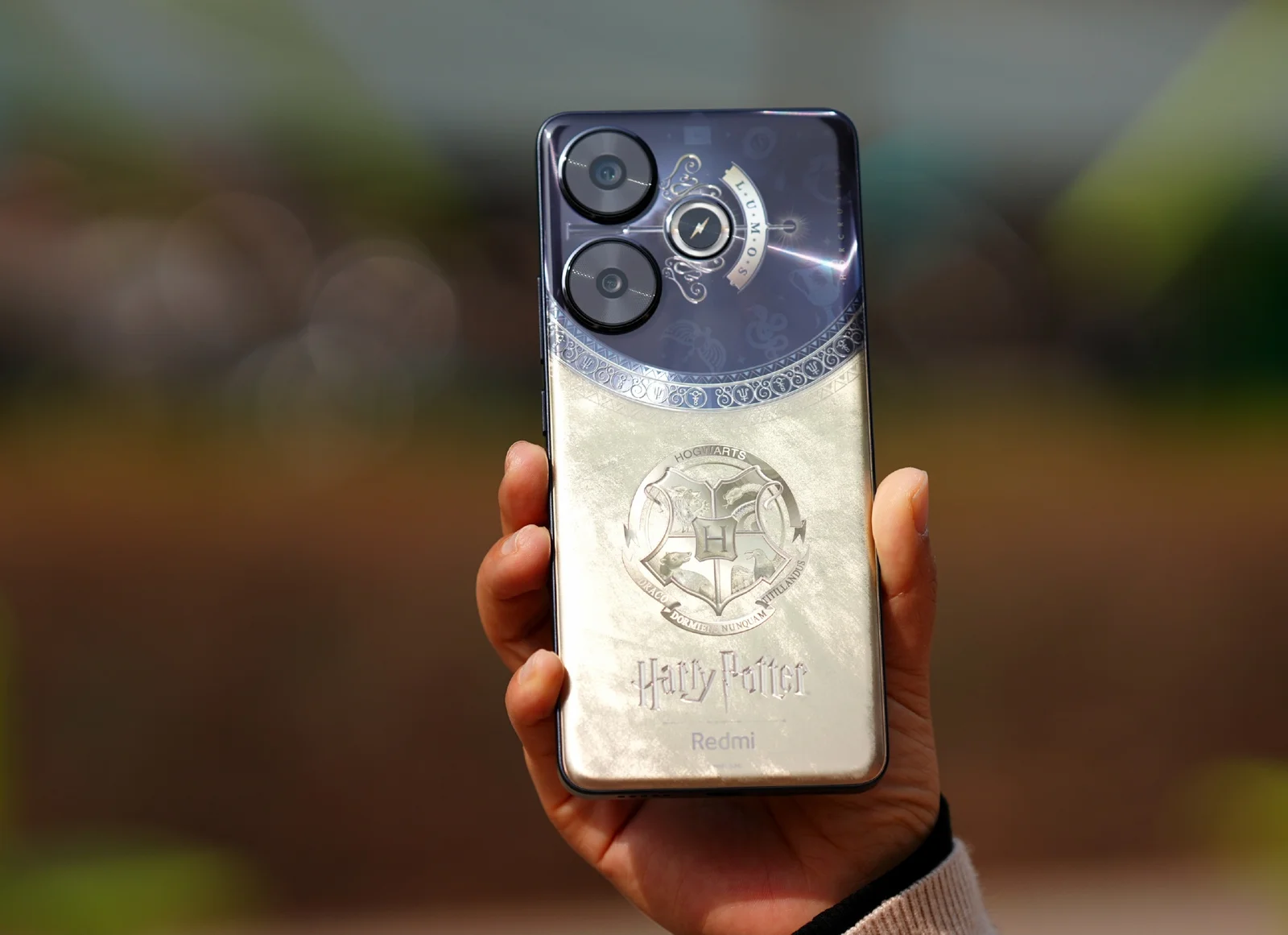
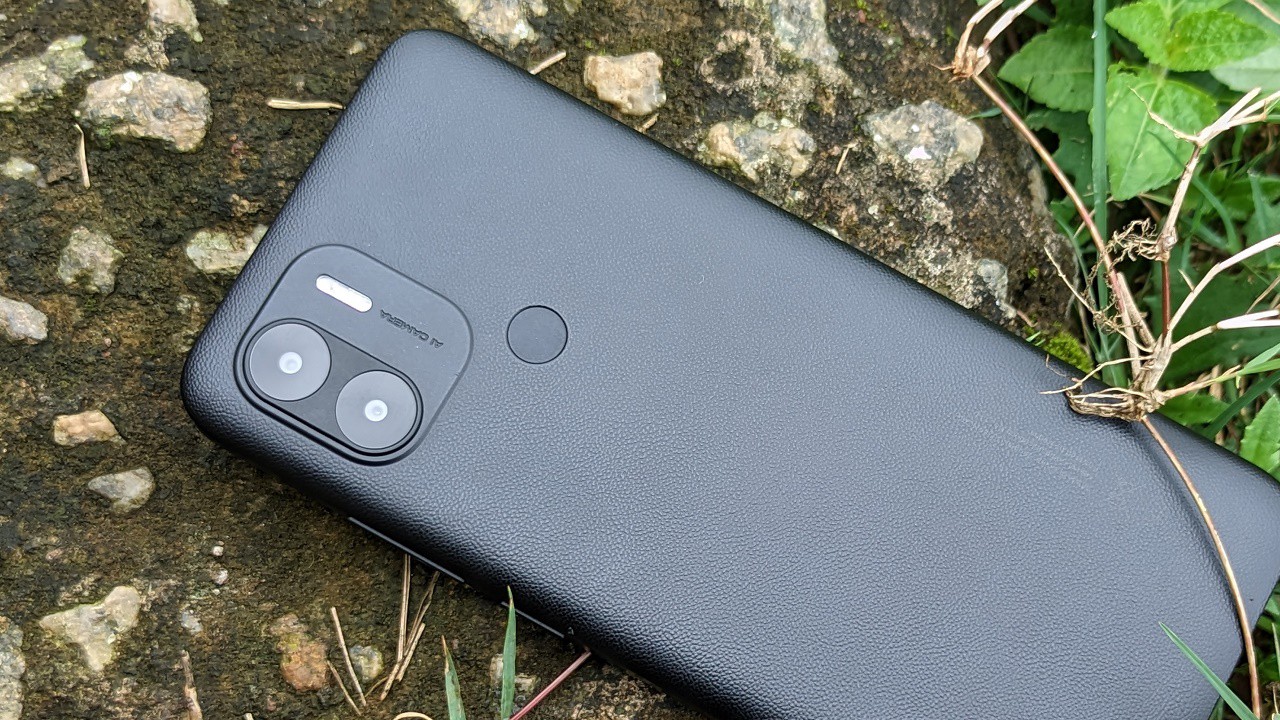
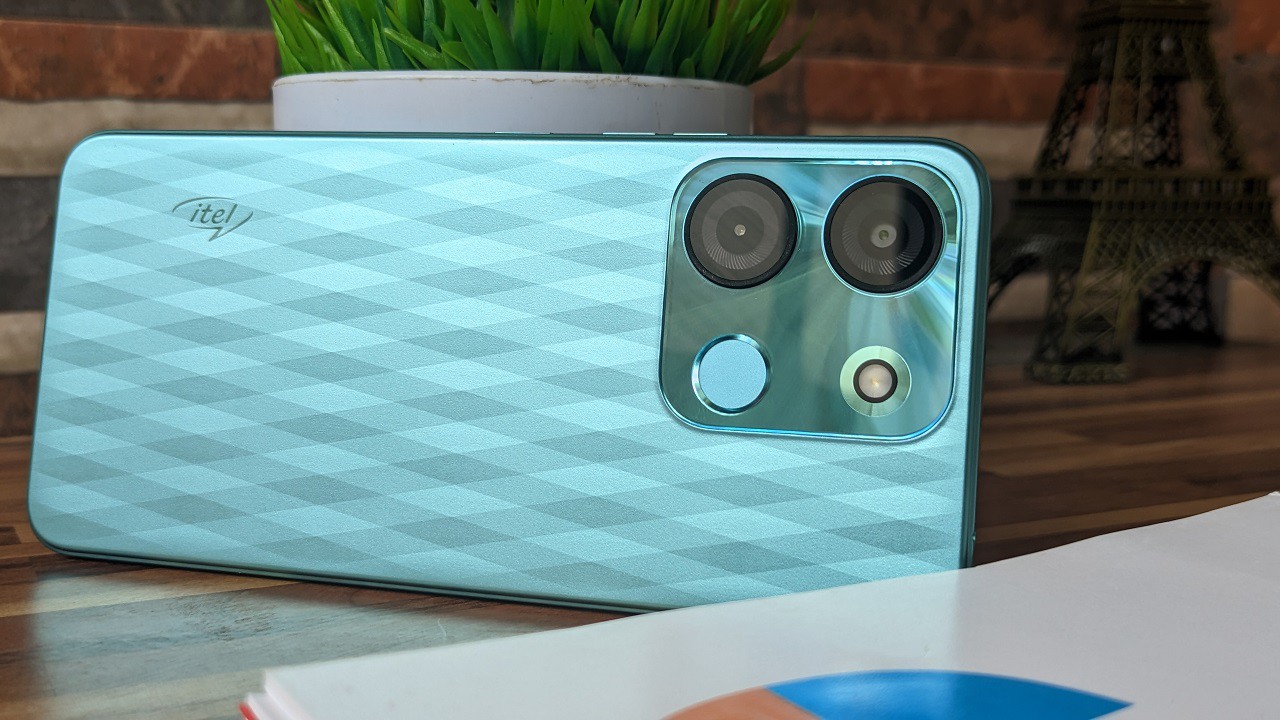
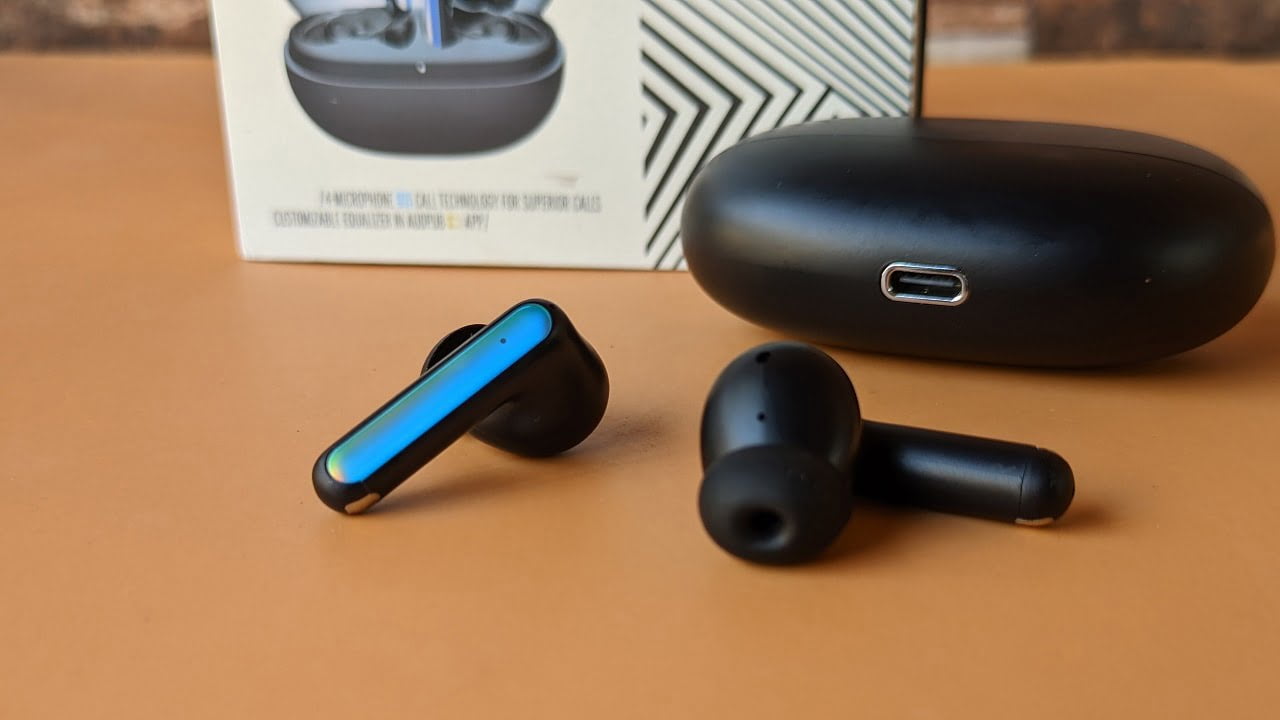
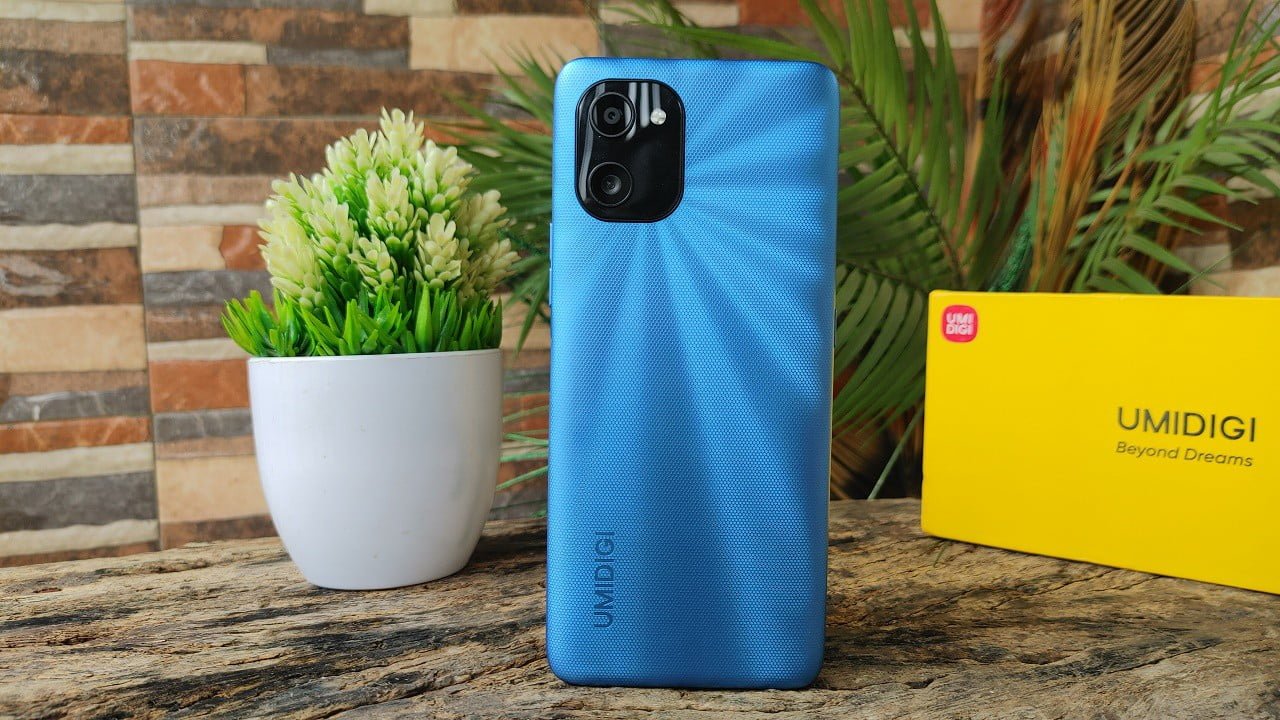
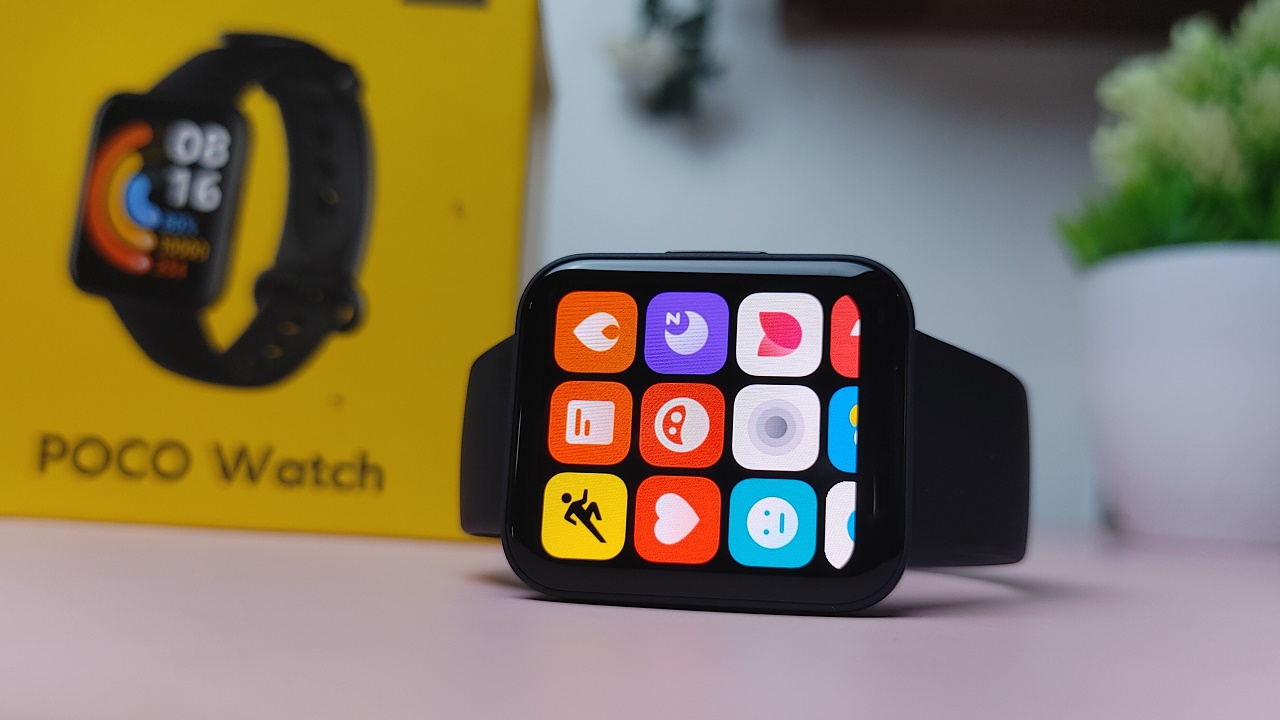
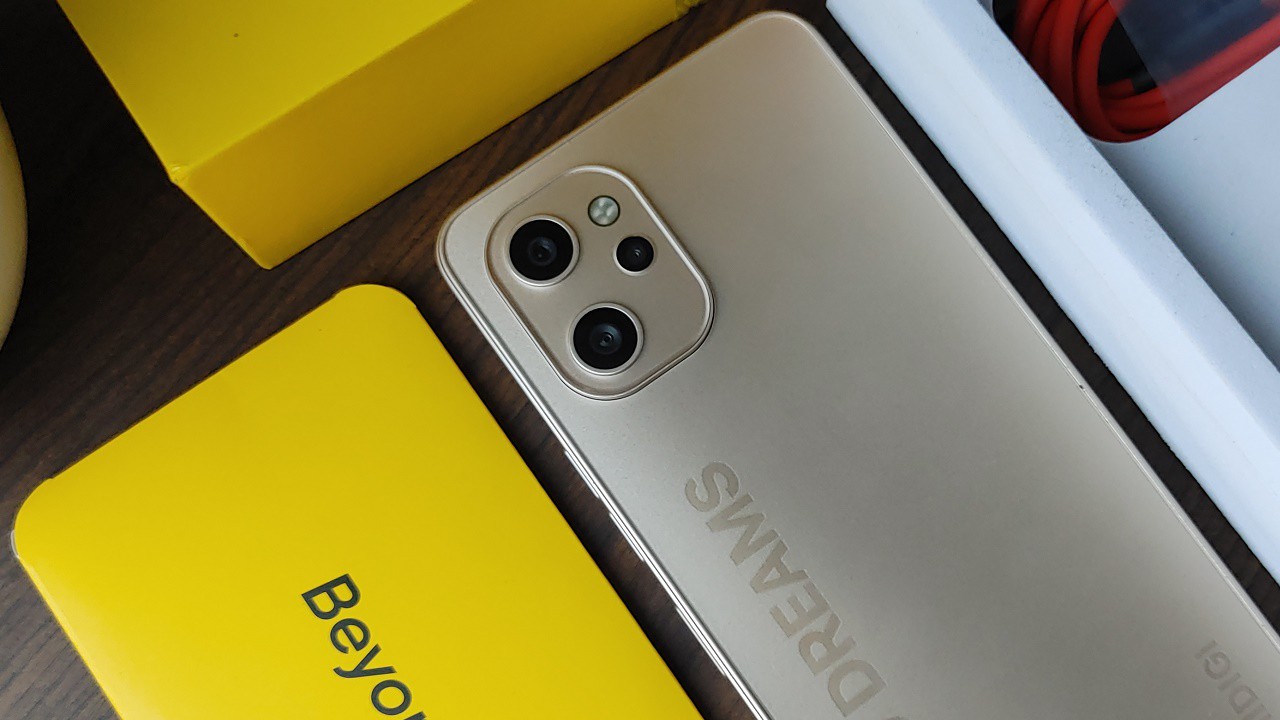
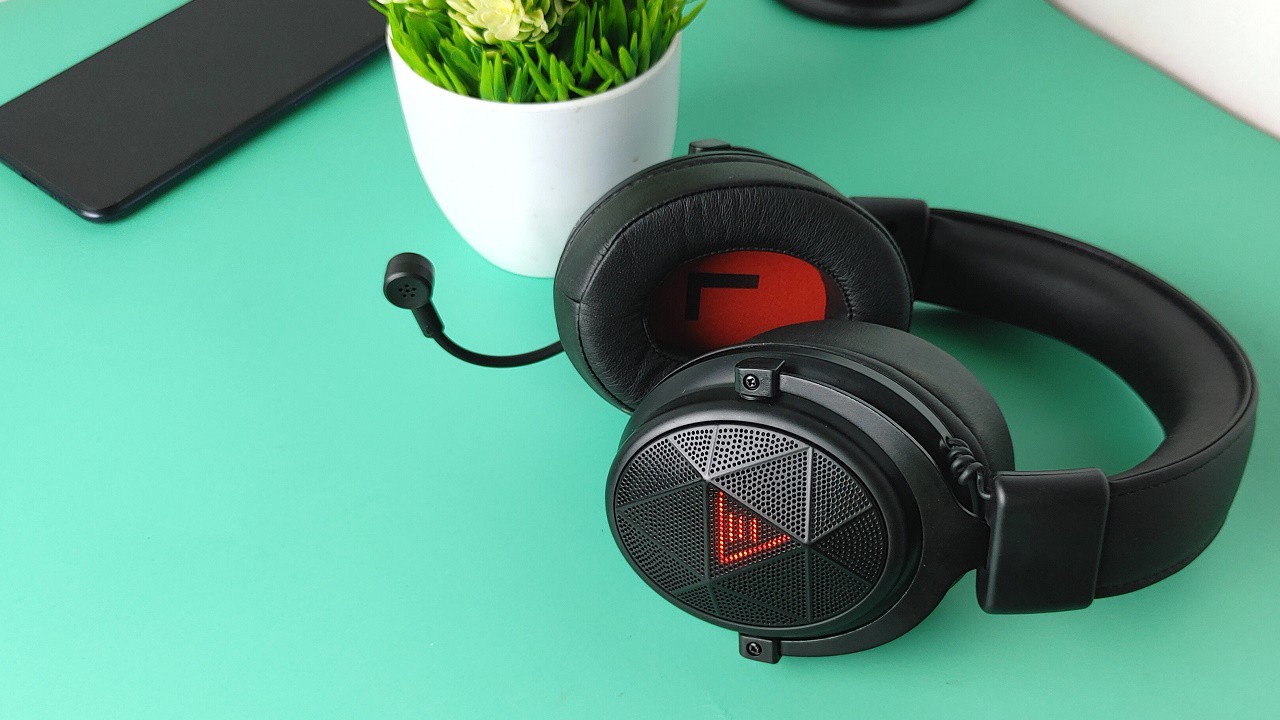
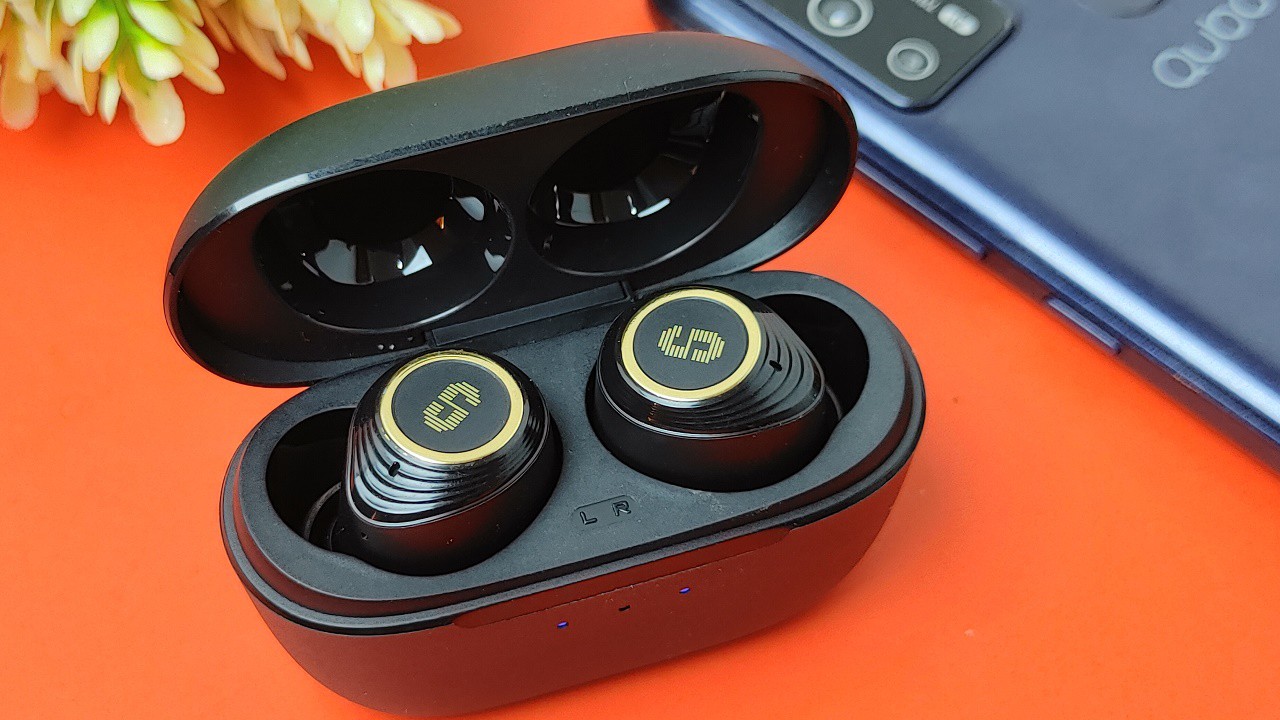
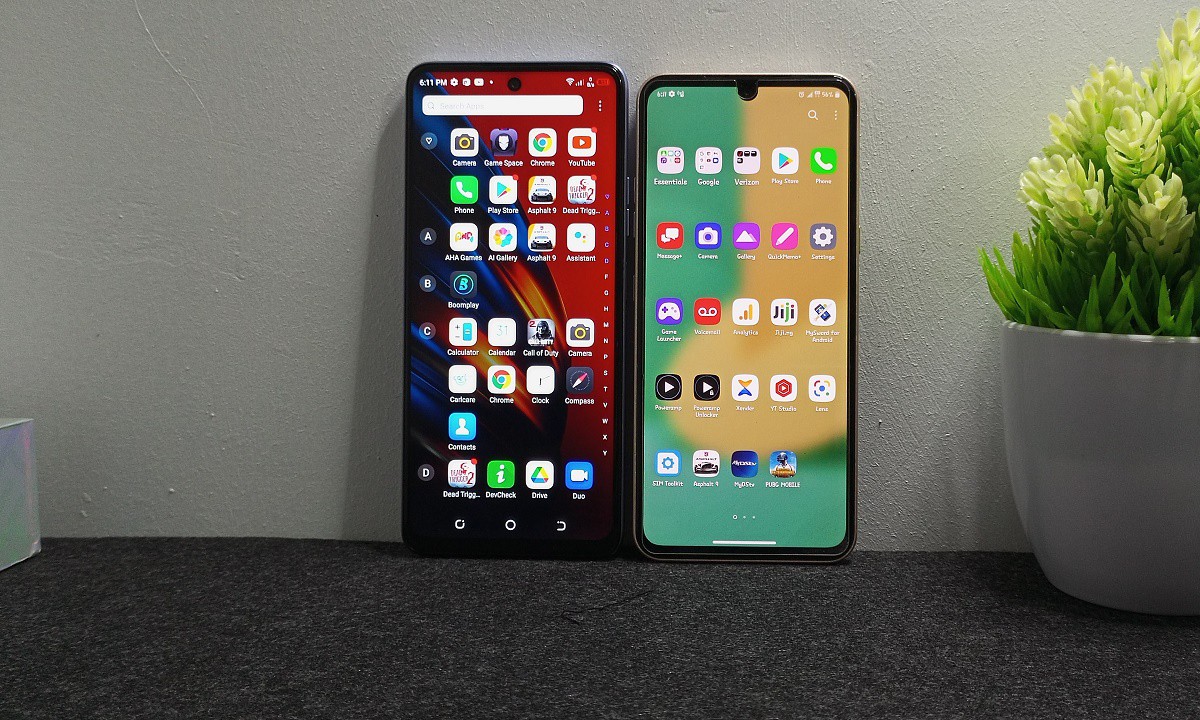

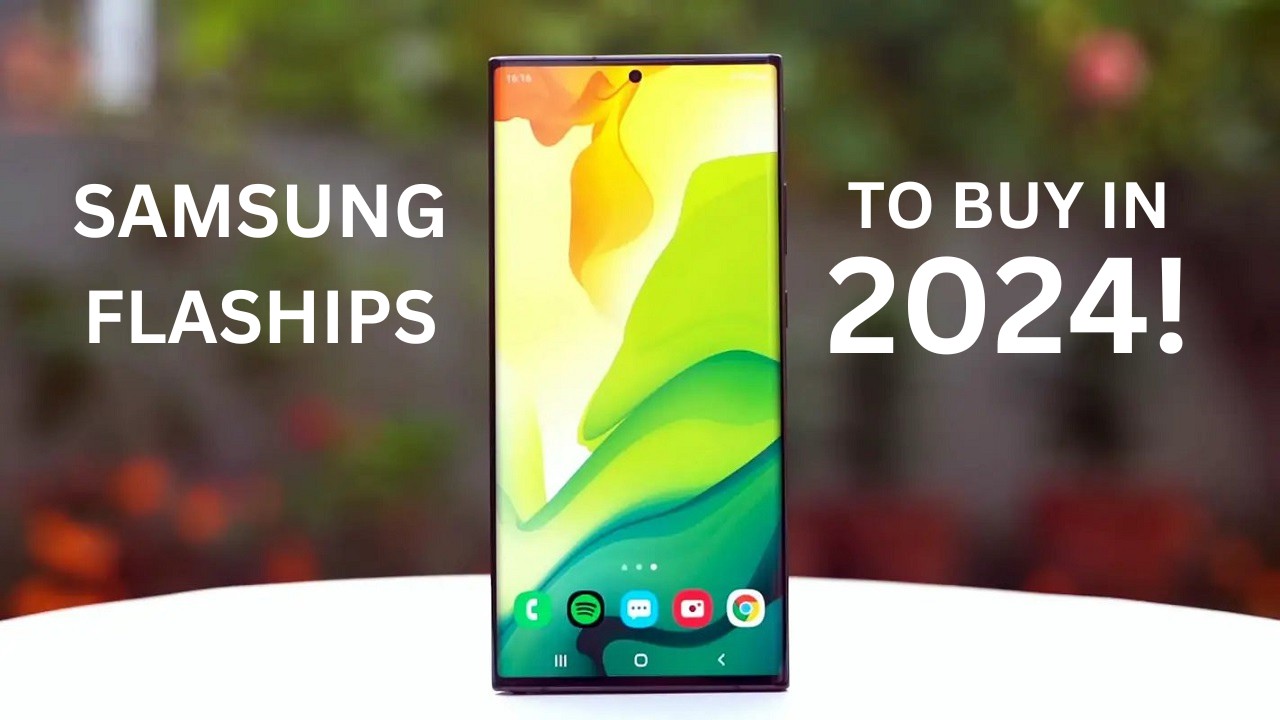
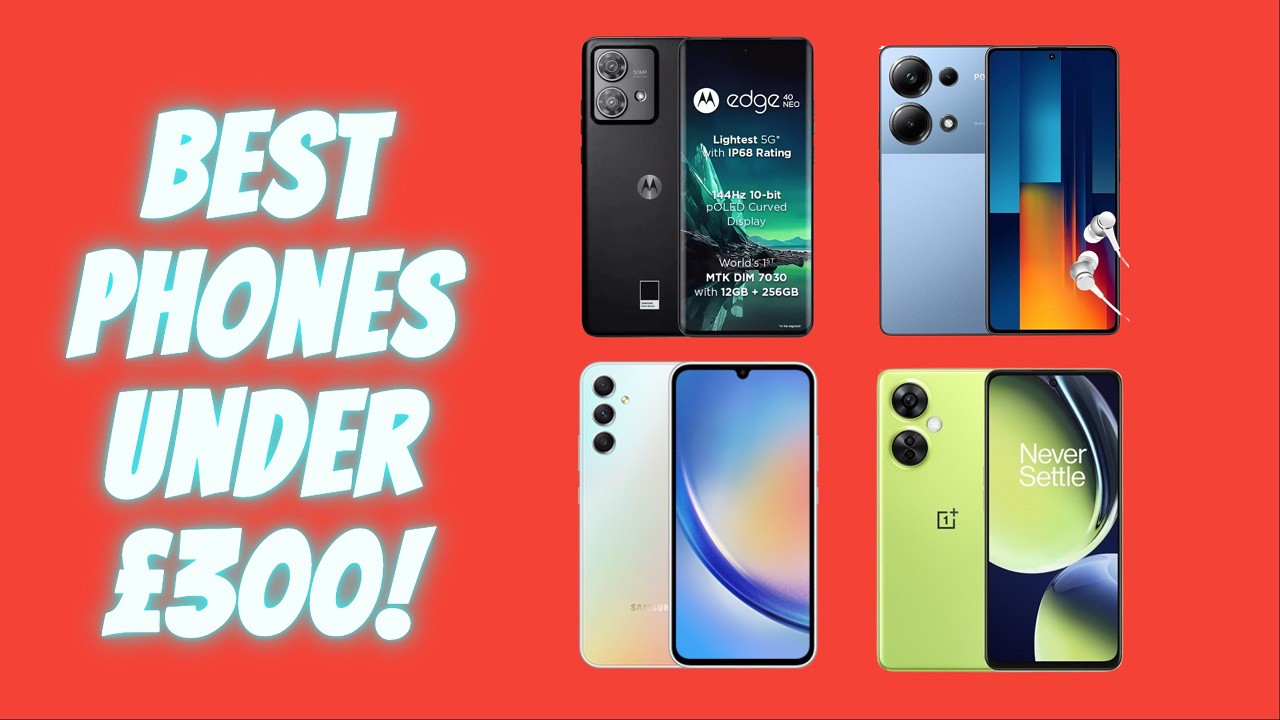

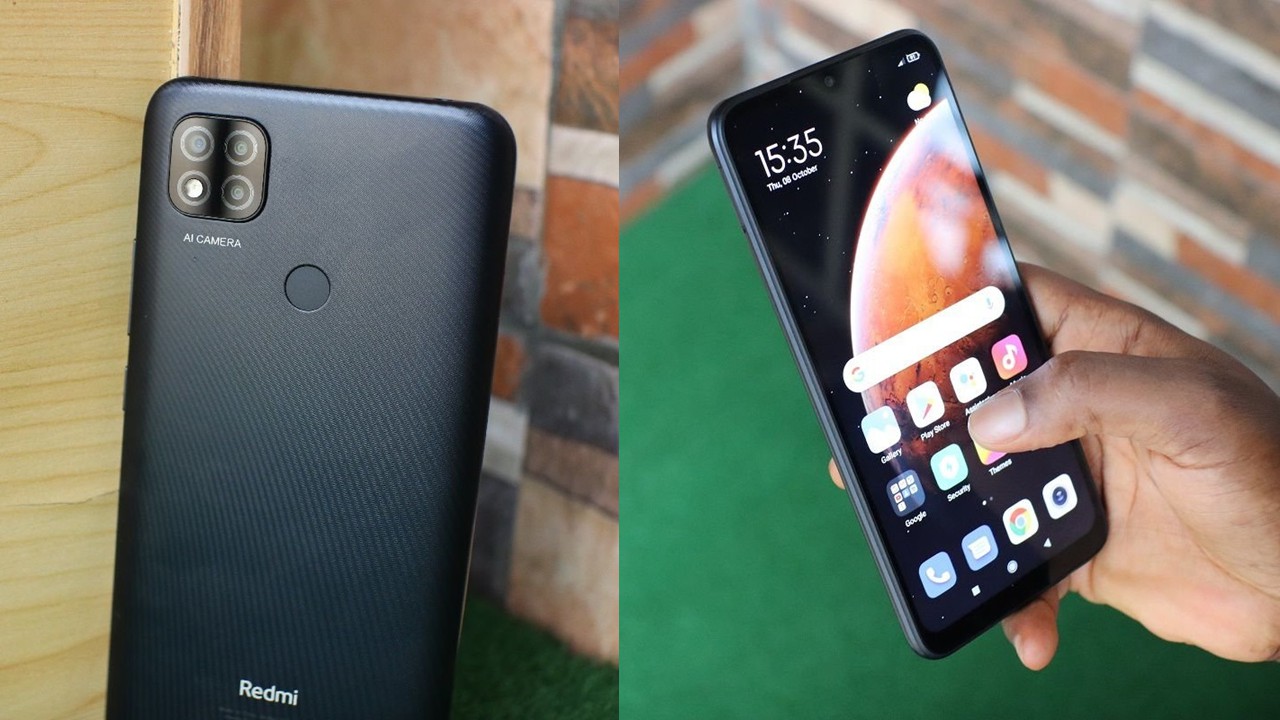
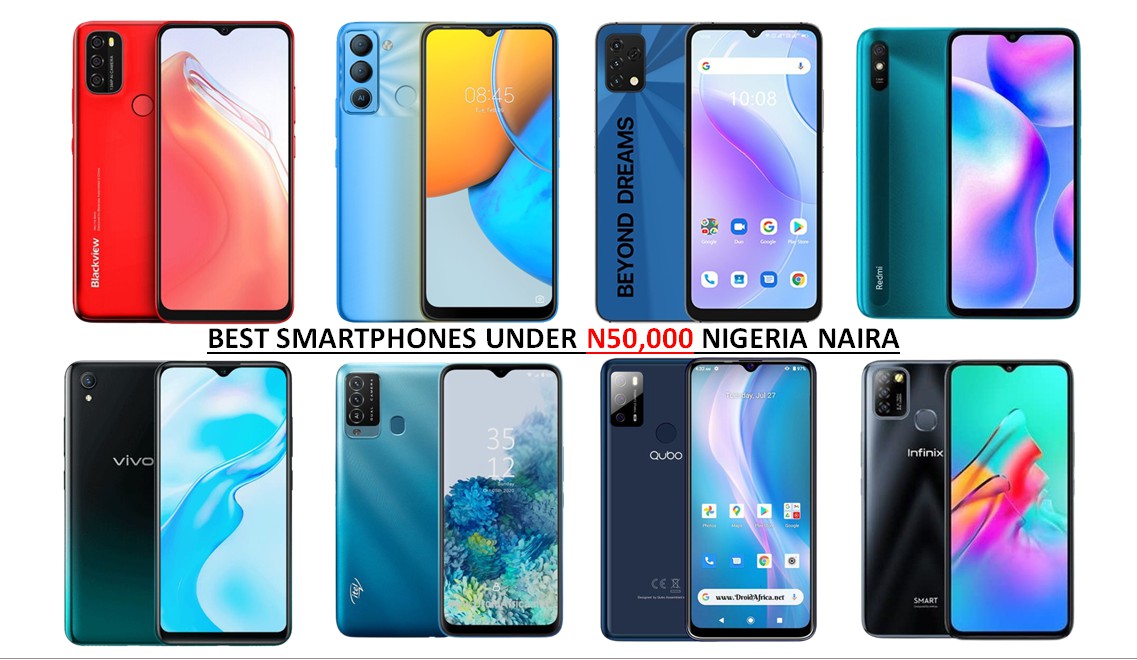
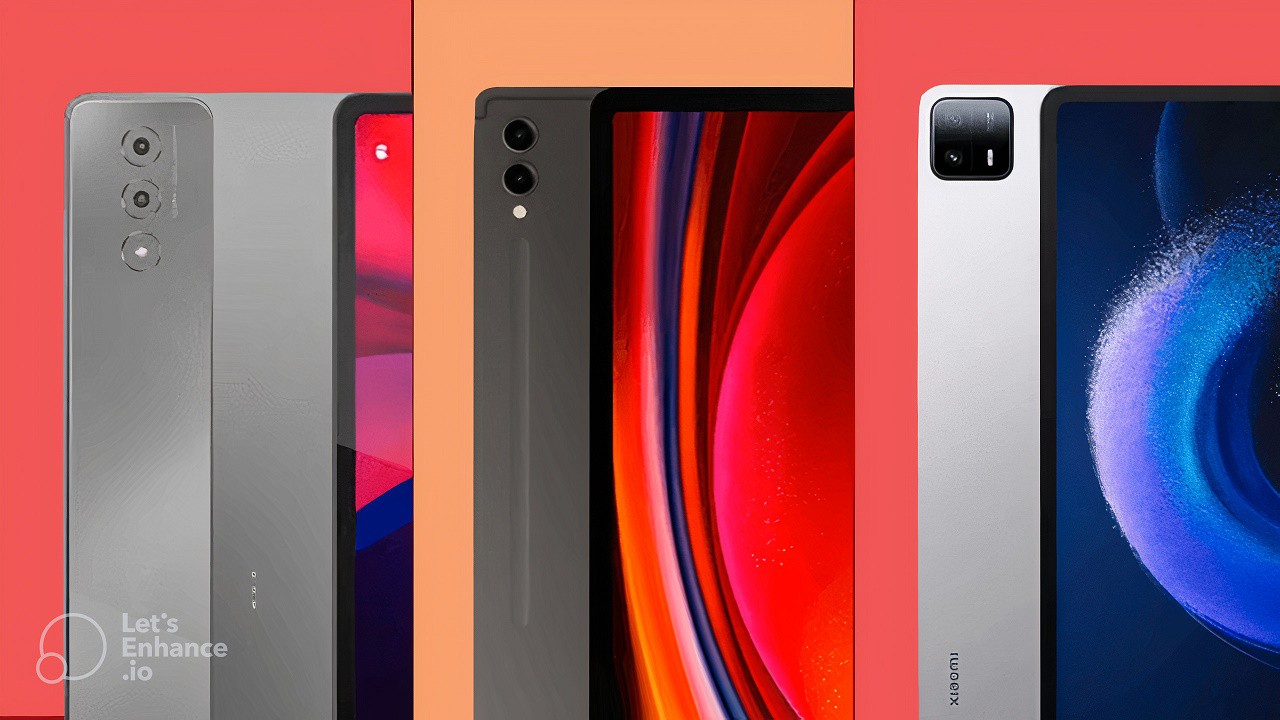
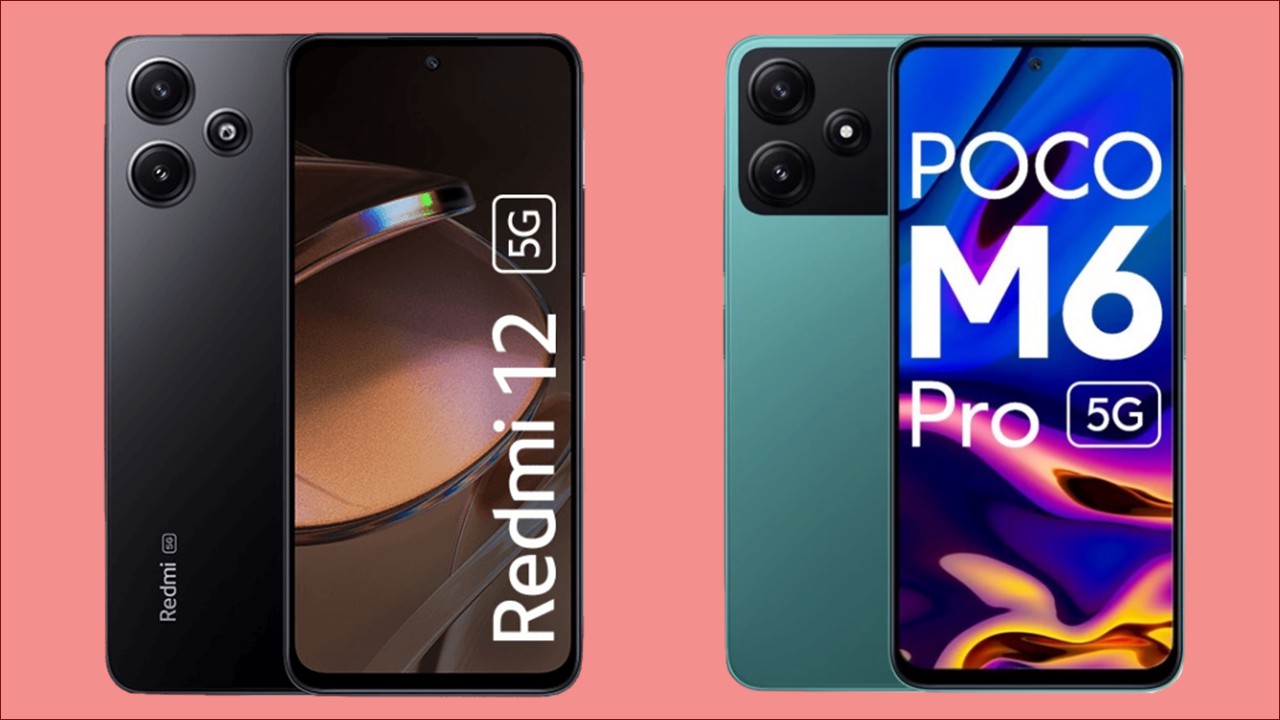
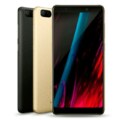

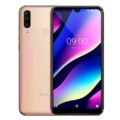
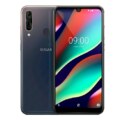
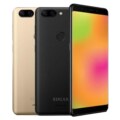

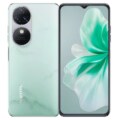
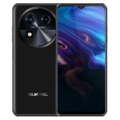
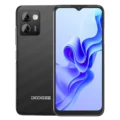

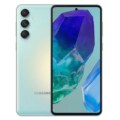
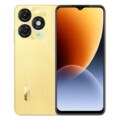

Leave a Reply